#kelber animations
Text
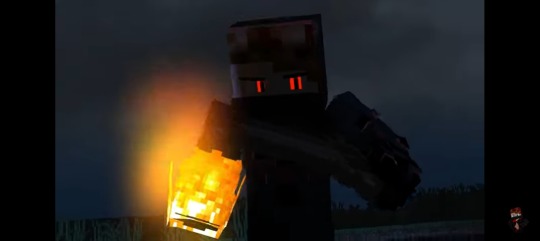

Please look at my screenshot and edited photo I used for a discord tupperbot
#openricks#pull me apart#sashamt animations#kelber animations#neffex#minecraft animations#minecraft#c-v-c-e edit
2 notes
·
View notes
Text
Research | Initial Colour Exploration

Creating a cohesive visual style first starts with building a strong colour palette. For this project, immediately the colours that jumped out to me were more earthy tones, as insects are mainly creatures borne of the soil. Additionally though, I decided to look into the representation of insects through colour.
Further research into the structural colours of insects revealed that some of the more common shades are blacks, lustrous whites and Tyndall blues. (1) These could act as metaphorical representations of insects through abstract shapes and forms of the same colour.
Another interesting thing to note is that butterflies and certain other species of insects do not see true colour due to the polarisation of light and the receptors present (or the necessary ones absent) in their retinas, thus contributing to a mostly blue-green visual spectrum. (2) With this in mind, I could have some parts of the animation look more distorted and polarised to accurately reflect how an insect would view this. Alternatively, I could achieve this through my final projection.
(1) Mason, C.W., 2002. Structural colors in insects. I. The Journal of Physical Chemistry, 30(3), pp.383-395.
(2) Kelber, A., Thunell, C. and Arikawa, K., 2001. Polarisation-dependent colour vision in Papilio butterflies. Journal of Experimental Biology, 204(14), pp.2469-2480.
0 notes
Text
+My top ten films of 2020
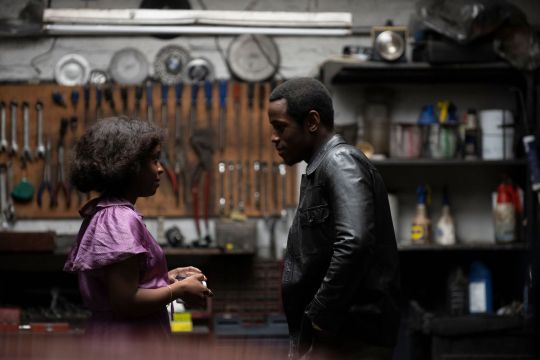
1. Small Axe - Steve McQueen
2. Vitalina Varela - Pedro Costa
3. Malmkrog- Cristi Puiu
4. Dwelling in the Fuchun Mountains- Gu Xiaogang
5. The Truth - Kore-eda Hirokazu
6. American Utopia- Spike Lee
7. The Woman Who Ran- Hong Sang-soo
8. Puparia- Shingo Tamagawa
9. Bacurau- Kelber Mendonça Filho
10. Wild Goose Lake - Diao Yinan
Honorable mentions:
City Hall - Frederick Wiseman
Tenet - Christopher Nolan
I’m Thinking of Ending Things- Charlie Kaufman
1. Small Axe - Steve McQueen
Such a dope cinematic experience…for 5 straight weeks a new McQueen film. “Lovers Rock” was the standout as for the first time since his debut film, “Hunger (2008)” McQueen returns to …restraint. Easily “Mangrove” would of made my list but I just want to lump them all together here since it was single expression he was going for.
2. Vitalina Varela - Pedro Costa
You could pause this film 30 times, do a screenshot, and have a photo book that would make top ten lists… just a perfectly composed film. This overtook “Horse Money” as my favorite film by the Portuguese director.
3. Malmkrog- Cristi Puiu
A 3 1/2 hour film on a Russian novel opening with an uncut half hour long Dostovsky-esque theodical discussion on good and evil. Such dialectal maneuvers probably aren’t suited for cinema will be the complaint but that would be taking it on its surface layer. This is all in the context of shooing away servants and other hypocrisies of a dying society that becomes literally depicted. It is a human comedy with the irony that we don’t once laugh. Also great that we are starting to see the mature films of the Romanian new wave directors. Like the French where Truffaut went literary, Godard political, and say Rohmer deeper into morality…gone are the loose handheld stylings of the movement that he help start just under two decades ago. Aside from the difference in content (usually events around the 89 revolution) the camerawork is precise.
4. Dwelling in the Fuchun Mountains- Gu Xiaogang
Named after the most famous work of 14th century painter, Huang Gongwang. The film is equally as serine, more in the vein of the Taiwanese filmmakers Edward Yang and Hou Hsiao-Hsien as incidentally that famous painting is in Taiwan as well…mad I couldn’t find the new film by Ming-liang Tsai btw.
5. The Truth - Kore-eda Hirokazu
The director’s first film outside of Japan, shot in France that feels French about a very French actress acting in a film about her life acting in French cinema. Pretty cool that Japan’s classist could go to France and do the same.
6. American Utopia- Spike Lee
Taking a page from Dadaist Kurt Schwritters, “Using nonsense to make sense of a world that didn't make sense.” After 1984’s Stop Making Sense what could be more appropriate then 2020’s Spike Lee directed, American Utopia with David Byrne.
7. The Woman Who Ran- Hong Sang-soo
I just love his lo-fi everyday personal filmmaking, complete with his crappy pans and low tech auto zooms. His films often feature his ex-wife as lead actress for films revolving around eating and drinking in everyday social situations that blur reality. Humility in the guise of narcissism…
8. Puparia- Shingo Tamagawa
So nice not seeing CG in an anime… a short art film reminiscent of Mamoru Oishii’s classic, “Angel’s Egg”.
9. Bacurau- Kelber Mendonça Filho
What felt like an art film, became a weirdly satisfying violent genre western.
10. Wild Goose Lake - Diao Yinan
With cyberpunk films, photography and games being all the rage…this forgoes the CG and high budgets…in favor of actual punk. All real locations in China where with its rapid building that outstrips destruction IS cyberpunk for what is a violent art film noir.
City Hall - Frederick Wiseman
At age 90 great to still see Wiseman documentaries as High School and Titicut Follies was a long time ago. 4 1/2 hours on what local level politics actually is needed coming off the most dysfunctional administration in our lifetime.
Tenet - Christopher Nolan
Just loved the surrealism of it, to find similar motifs you’d have to go back the silent films of Cocteau or even more obscure the Polish surrealist films of the Themerson brothers. Always liked the idea of challenging the temporal my short film Pieces I shot in reverse mine to heighten the surreal of everyday… Nolan to heighten the genre itself. First action film that left me not asking what will happen next but what is happening now and not only that but a blockbuster that is not a remake or a franchise with heavy reliance on CG. Though like Hollywood irritating the black dude couldn’t get the white female lead lol.
I’m Thinking of Ending Things- Charlie Kaufman
He really went in on absurdity yet maintained a circular symbolic rationale.
4 notes
·
View notes
Link
Some fishes in the deep, dark sea may see their world in more than just shades of gray.
A survey of 101 fish species reveals that four from the deep sea had a surprising number of genes for light-sensitive eye proteins called rod opsins, researchers report in the May 10 Science. Depending on how the animals use those light catchers, the discovery might challenge the widespread idea that deep-sea fishes don’t see color, says coauthor Zuzana Musilová, an evolutionary biologist at Charles University in Prague.
To see, many fishes, humans and most other vertebrates rely on two types of light-detecting cells in the eye known as rods and cones. Cone cells use two or more kinds of opsins and need decent amounts of light to work. Rods generally use only one opsin called RH1, which works in dim light. That variety in opsins in cones, but not in rods, lets vertebrates see a range of colors in well-lit conditions but be color-blind in the near dark.
In the new study, Musilová and Fabio Cortesi of the University of Queensland in Brisbane, Australia sailed on research ships equipped to reach into the ocean depths for fish. The deep-sea specimens came from the “twilight” zone 200 to 1,000 meters below the surface, where sunlight becomes only a subtle lessening of darkness. The most colorful things to look at would be bioluminescent spots on animals’ bodies.
The four deep-sea fishes with the special eyes came from three different lineages that had independently evolved genes for more than one kind of RH1 rod opsin, Musilová, Cortesi and their colleagues report. A glacier lantern fish (Benthosema glaciale) had genes for five different forms of RH1, and a tube-eye (Stylephorus chordatus) had six. Two kinds of spinyfin had even more, 18 genes for the longwing spinyfin (Diretmoides pauciradiatus) and a stunning 38 for the silver spinyfin (Diretmus argenteus).
Finding even two rod opsins would have been notable, but the silver spinyfin’s tally is “astounding,” says evolutionary biologist Megan Porter at the University of Hawaii at Manoa, who was not involved in the new research. But she and others warn against jumping to conclusions about how fishes use all this variety, because there are no tests with fish behavior.
Considering where these fishes live, such tests may not even be possible, Musilová says. When brought to the surface, “most of them simply die due to the pressures changes,” she says. “Even getting them to the surface alive doesn’t guarantee they would behave the same way they do in the depths.”
The fish that the researchers caught let them check which opsin genes were actually turned on in the animals’ retinas. That work confirmed that the silver spinyfin actually uses at least 14 of its 38 RH1 genes to make proteins.
The researchers also put the silver spinyfin’s various RHI genes into bacteria, which manufactured fish opsins. Tests of those opsins’ function showed they have the potential to capture both very faint daylight and a wide range of blue and green light from living bioluminescent creatures, the scientists found.
Overall, the authors are rightly “cautious” in not claiming that deep-sea fish can see color, says Almut Kelber of Lund University in Sweden, who has studied low-light color vision in frogs.
The new fish results, for example, don’t say whether different RHI opsins cluster in individual rod cells or are scattered, with different rod cells carrying different opsins. To differentiate colors, the rod opsins would need to be in different cells. But if the proteins clump in each rod, then the fish probably just have enhanced sensitivity to light and could pick out fainter objects in shades of black and white.
Even with the uncertainties, finding all these unexpected opsins “is still exciting,” Kelber says.
#science#scied#sciblr#opsin#deep-sea fish#deep-sea#oceans#spinyfin#rod opsins#biology#marine biology
76 notes
·
View notes
Link
In many cases it is the colour of the prey that helps predatory birds to detect, pursue and capture them. In a new study, biologists at Lund University in Sweden show that the Harris's hawk has the best colour vision of all animals investigated to date – and in certain situations, even better than humans. The findings may help to protect threatened birds of prey against hazards such as wind turbines and power lines.
"It's fascinating. I did not think that colour vision would be of such significance, rather that birds of prey simply have better visual acuity than humans and that was the reason they detect objects so early and at a great distance. However, colour is of considerable importance," says Almut Kelber, biologist at Lund University.
Normally, the size of the eyes determines optical resolution and thus what people or animals can see. The bigger the eyes, the higher the resolution. The size of the eyes in turn is usually linked to body size. Large body, large eyes; small body, small eyes. Particular to birds is a poor ability in general to see contrasts between different objects. Their contrast vision is almost ten times lower than ours.
39 notes
·
View notes
Text
Barn owls reflect moonlight in order to stun their prey
https://sciencespies.com/biology/barn-owls-reflect-moonlight-in-order-to-stun-their-prey/
Barn owls reflect moonlight in order to stun their prey
by Almut Kelber, Alexandre Roulin And Luis Martín San José García, The Conversation
Credit: FJAH/Shutterstock
More
Ecosystems that are bathed in light during the day change profoundly at night. As the sun fades from the land, nocturnal life emerges, with the barn owl (Tyto alba) among them. Barn owls are iconic nocturnal birds of prey that are found all over the world, often near towns and villages. Although a familiar species to many, there is still much we don’t know about them.
One peculiarity is the difference in plumage color between different barn owls. Why is it that some have undersides that are completely white while others are dark red? This puzzled scientists for a long time, but finally, we have an answer.
The light conditions in sunlit environments determine how the color traits of animals evolve, as the composition and quantity of light affects how well an animal is seen by predators or competitors. The stripes of a tiger, for instance, allow this large cat to easily disappear in the dense Indian forest, where the shifting canopy splits light into lines. But how light conditions affect the coloration of nocturnal species is less well understood.
The light at night changes according to the lunar cycle. Go out on a night with a new moon in a rural area and you’ll need a torch to see. Do the same on a night with a full moon and you’ll probably have enough light to see without one. How do barn owls deal with these radical changes in light levels from night to night?
We thought they would have a harder time hunting the rodents they need to feed their offspring on moonlit nights. In the bright moonlight, owls should be more easily spotted by prey such as mice. If this was true, hunting on moonlit nights would be even trickier for white owls than for red owls, simply because white is more reflective and therefore more visible in the moonlight than dark red plumage. As it turns out, we couldn’t have been more wrong.
White-chested and red-chested barn owls both hunt rodents at night – but their success depends on the moonlight. Credit: Kerkuil/Wikipedia, FAL
Blinded by the moonlight
We’ve been following a Swiss population of barn owls for more than 20 years, monitoring their hunting behaviour with cameras and GPS trackers and recording when they breed each year and how their offspring develop in the nest. By studying this rich data set, we found that barn owls do indeed have a harder time on moonlit nights. They’re less successful hunters and bring less prey to the nest and as they receive less food, their offspring don’t gain as much weight and the youngest have lower chances of surviving and fledging. This was true for red barn owls, but not, surprisingly, for white barn owls. On the contrary, white barn owls seemed to be doing just as well during full moon nights as when there was no moon.
Perplexed, we decided to look at the problem from the perspective of the rodents that barn owls hunt every night. Our experiment investigated how common voles – the main prey of barn owls – see and react to white and red owls under full and new moon light conditions.
We found that prey detected owls more easily on full moon nights, regardless of what color they were. We knew when the rodents had detected an owl because they froze. Staying immobile is a common prey behavior, as they aim to stay undetected and allow the risk to pass. Curiously, on full moon nights and only when facing a white owl instead of a red one, rodents stayed frozen for longer.
Researchers huddle in the dark to study barn owls mid-hunt. Credit: Jérémy Bierer, Author provided
More
We think voles behave that way when encountering a white owl because they’re scared by bright light reflected from the white plumage. This fear is well ingrained within rodents—medical researchers expose rodents to bright light to measure their fear response and test drugs on them which are designed to treat anxiety. The white plumage of barn owls exploits this fear by reflecting moonlight. This may explain why white plumage—a very rare trait in nocturnal animals—evolved in this species.
This discovery should remind people how important it is to better understand and preserve nocturnal wildlife and the environments they live in. Minimising light pollution and letting the night be as dark as the moon dictates could benefit beautiful barn owls.
Join us on Facebook or Twitter for a regular update.
Explore further
Barn owls found to suffer no hearing loss as they age
Provided by
The Conversation
This article is republished from The Conversation under a Creative Commons license. Read the original article.
Citation:
Barn owls reflect moonlight in order to stun their prey (2019, September 3)
retrieved 3 September 2019
from https://phys.org/news/2019-09-barn-owls-moonlight-stun-prey.html
This document is subject to copyright. Apart from any fair dealing for the purpose of private study or research, no
part may be reproduced without the written permission. The content is provided for information purposes only.
#Biology
0 notes
Video
instagram
GOLD DAY DUST GECKO Nocturnal geckos can dilate their pupils very wide. Cones need a relatively bright light source to work, so our eyes also contain another type of cell called rods. These can detect dim light, but they do not tell our brain anything about its colour. The ancestor of geckos embraced daytime activity so much that it gradually lost its rods altogether. "If an animal is small, and has small eyes, it has to optimise," says Kelber. "That sometimes means losing one thing to be able to keep something else. Lizards obviously survived better when they placed as many cones as possible in the retina, but no rods." But that meant evolution had to be creative when geckos began to turn nocturnal. Their cones evolved to be larger and more sensitive to light, effectively becoming rod-like. As a consequence of this evolutionary fudge, geckos' colour-discriminating cone cells pick up colour at night! . . .#wildlifephotography #photography #wildlife #photographysouls #nature #photographylovers #wildlifeplanet #photographyislife #naturephotography #photographylover #wildlife_perfection #golddaydustgecko #wildlifeonearth #photographyeveryday #natgeo #photographer #wildlifeaddicts #photooftheday #wildlife_seekers #photo #animalelite #gecko #natgeowild #photographystudio #splendid_animals #photography_aks #darwinning #charlesdarwin #wildlife_vision #photographylife (at Planet Earth) https://www.instagram.com/p/B1LRJxVgybz/?igshid=oarz348s3uai
#wildlifephotography#photography#wildlife#photographysouls#nature#photographylovers#wildlifeplanet#photographyislife#naturephotography#photographylover#wildlife_perfection#golddaydustgecko#wildlifeonearth#photographyeveryday#natgeo#photographer#wildlifeaddicts#photooftheday#wildlife_seekers#photo#animalelite#gecko#natgeowild#photographystudio#splendid_animals#photography_aks#darwinning#charlesdarwin#wildlife_vision#photographylife
0 notes
Text
Frogs Have The Unique Ability To See Colours In Extreme Darkness
(adsbygoogle = window.adsbygoogle || []).push({});
The night vision of frogs and toads appears to be superior to that of all other animals. They have the ability to see colour even when it is so dark that humans are not able to see anything at all. This has been shown in a new study by researchers from Lund University in Sweden.
The Cones And Rods
Most vertebrates, including humans, have two types of visual cells located in the retina, namely cones and rods. The cones enable us to see colour, but they usually require a lot of light and therefore stop working when it gets dark, in which case the rods take over so that we can at least find our way home, albeit in black and white.
Experimenting with a frog to see what it sees. Photo: Carola Yovanovich
In toads and frogs the rods are a bit special, however. It was previously known that toads and frogs are unique in having rods with two different sensitivities. This has not been found in other vertebrates, and it is also the reason why researchers have long suspected that frogs and toads might be able to see colour also in low-light conditions. The new study was first in proving this to be true, and the results exceeded all expectations.
Read More: Frogs In Western Ghats Affected By Logging Even After 40 Years
“It’s amazing that these animals can actually see colour in extreme darkness, down to the absolute threshold of the visual system. These results were unexpected”, says Professor of Sensory Biology Almut Kelber at the Faculty of Science, Lund University.
It was during the third of three experiments that the researchers discovered that frogs are able to use their rods to distinguish colour in extreme darkness. The researchers studied the frogs in a situation that is as serious as it is common, namely, when frogs need to find their way out in case they are trapped in conditions of complete darkness. This is potentially an everyday occurrence, taking place in dark dens and passageways on the ground. In such instances, finding the exit becomes crucial, which also means that the frog is inclined to make use of any sensory information that is available.
(adsbygoogle = window.adsbygoogle || []).push({});
In the other experiments the researchers studied to what extent frogs and toads use their colour vision when searching for a mate or hunting for food. The results showed that the animals stop using their colour information fairly early when it comes to finding someone with whom to mate, whereas they continue to take advantage of their colour vision to select food in such low-light conditions that humans lose their ability to see colour.
“We have previously shown moths and geckos are also able to see colour in inferior light conditions compared to humans. However, frogs apparently have a unique ability to see colour in the dark”, says Almut Kelber.
Read More: From Eggs To Frog, Rare Indian Frog Bypasses Tadpole Stage
The study was conducted in collaboration with researchers from the University of Helsinki in Finland and Vladivostok in Russia. The main author, Carola Yovanovich, has been in charge of the work on the study in Almut Kelber’s research group at Lund University.
Source
(adsbygoogle = window.adsbygoogle || []).push({});
Frogs Have The Unique Ability To See Colours In Extreme Darkness was originally published on India's Endangered
#cones and rods#frog#frog eyesight#frog see in colours#frogs#night vision#vision of frog#Endangered#India's Endangered
0 notes
Text
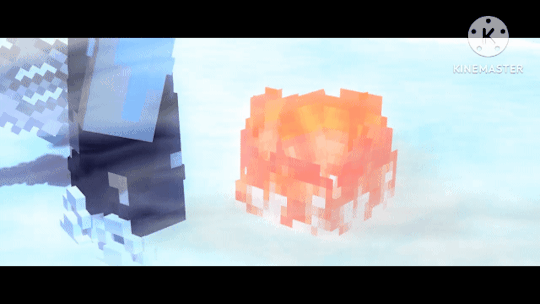

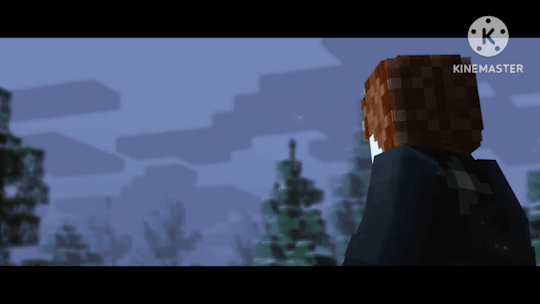

Constellation - Ricks vs Kelber (finale)
Why this is significant:
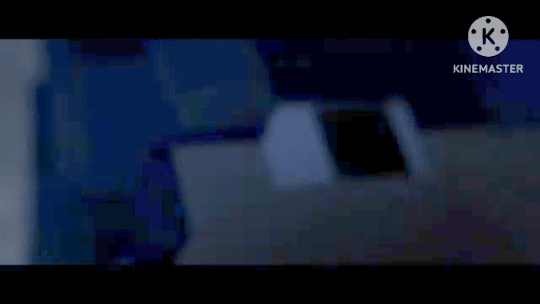



I really love that Kelber learned from Bein :) He knows what's good to follow, and I admire that
Tagging Gen because he did VFX/SFX + prod
Part 1:
Part 2:
Favourite shots collection:
Liking without reblogging = instant block
#constellation#far out#karra#openricks vs kelber#openricks#kelber animations#genveraanimations#beinbian#minecraft animations#minecraft#c-v-c-e gif#flashing gif cw
0 notes
Text
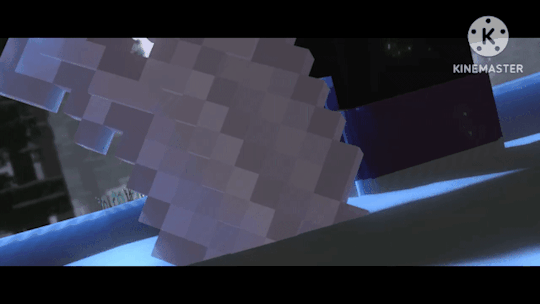
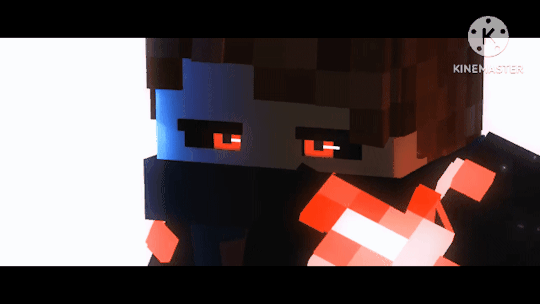

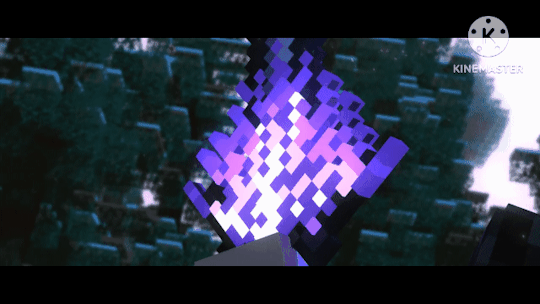


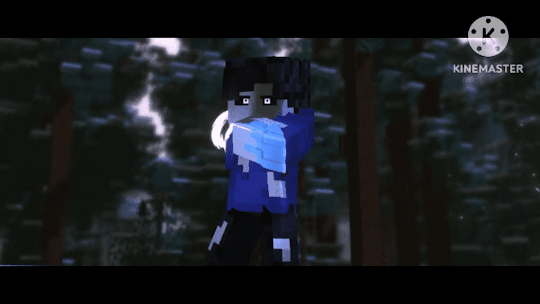



Constellation - Ricks vs Kelber (part 2)
Tagging Gen because he did VFX/SFX + prod
Part 1:
Finale:
Favourite shots collection:
Liking without reblogging = instant block
#constellation#ricks vs kelber#openricks#kelber animations#genveraanimations#minecraft animations#minecraft#c-v-c-e gif#flashing gif cw
1 note
·
View note
Text
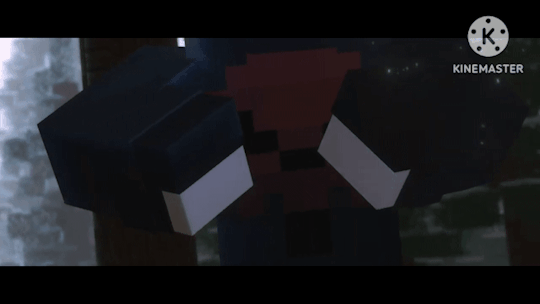

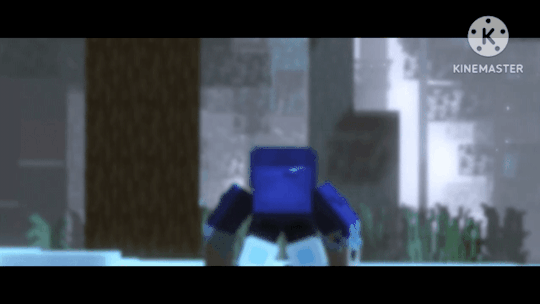


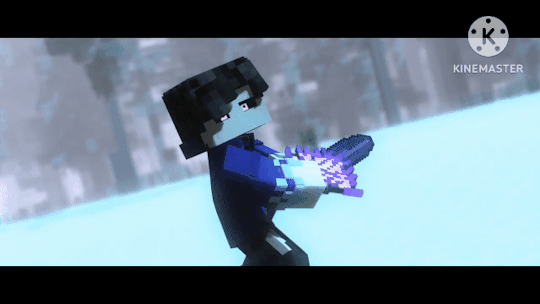



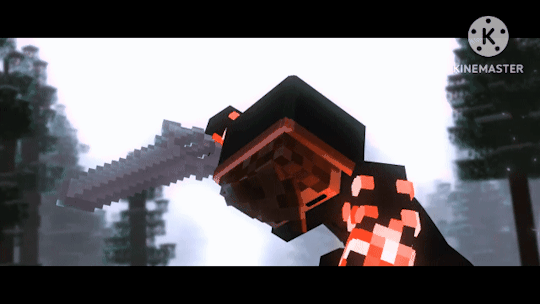
Constellation - Ricks vs Kelber (part 1)
Tagging Gen because he did VFX/SFX + prod
Part 2:
Finale:
Favourite shots collection:
Liking without reblogging = instant block
#constellation#far out#karra#ricks vs kelber#openricks#kelber animations#genveraanimations#minecraft animations#minecraft#c-v-c-e gif#flashing gif cw
1 note
·
View note
Text
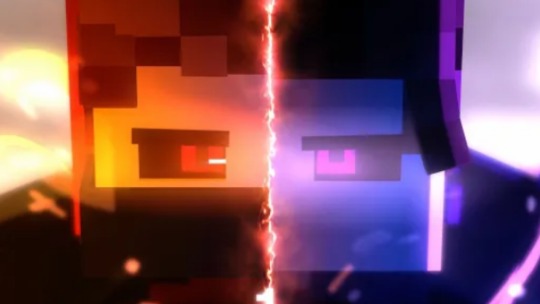


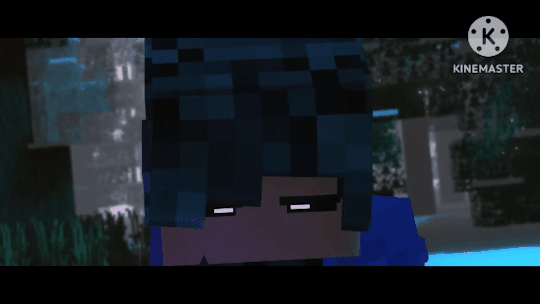
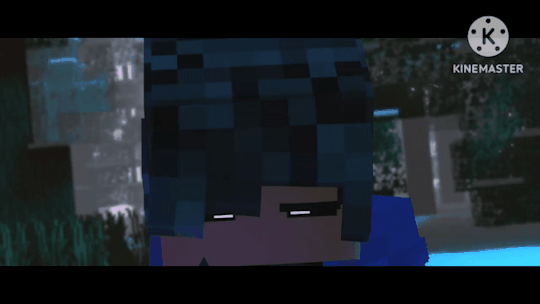
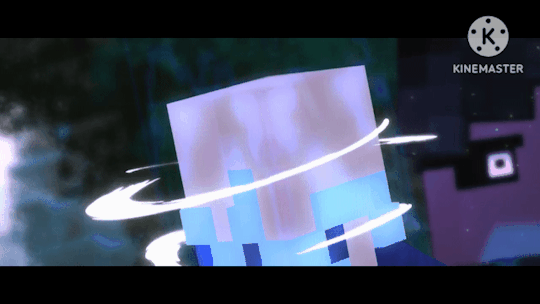
Shots from Ricks vs Kelber that make me go feral, including the badass thumbnail
Also, bonus;

:3
Part 1:
Part 2:
Finale:
Liking without reblogging = instant block
#constellation#karra#far out#ricks vs kelber#openricks#genveraanimations#minecraft animations#minecraft#c-v-c-e gif#flashing gif cw
1 note
·
View note
Text
Tagged by @nurse-buckley
10 characters, 10 fandoms, 10 tags
Laziness is when you go through all your own content you've made before for character photos. DON'T YOU DARE STEAL MY SHIT. OR ELSE I'LL KILL YOU, AND I WILL SUCCESSFULLY EVADE ALL FORENSIC DETECTION.
1. Gil Grissom from CSI

2. Tylibark from The Day of the Departed
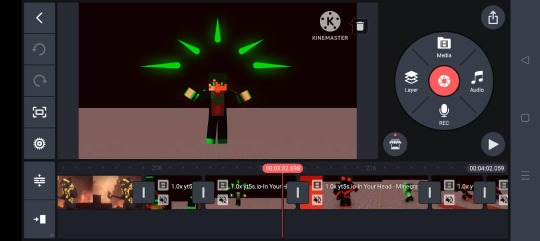
3. Herobrine from The Revenge of the Exile

4. Rain Wynter from Fractures
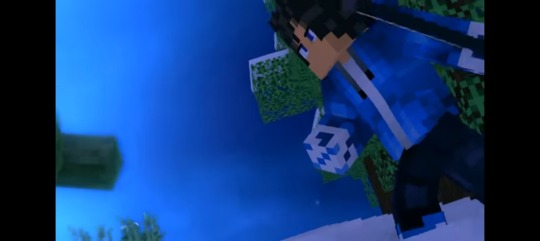
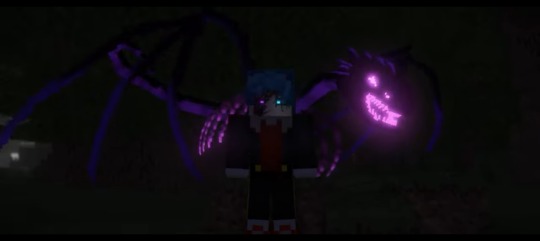
6. ThatPika from a variety of non-series Minecraft animations
5. GenVera from...well I don't know what his series is called but. It's a thing.

7. OpenRicks from Kelber Animations' series

8. Steven from the OpenRicks vs Steven fight animation
9. Galleous Sendaris from Songs of War
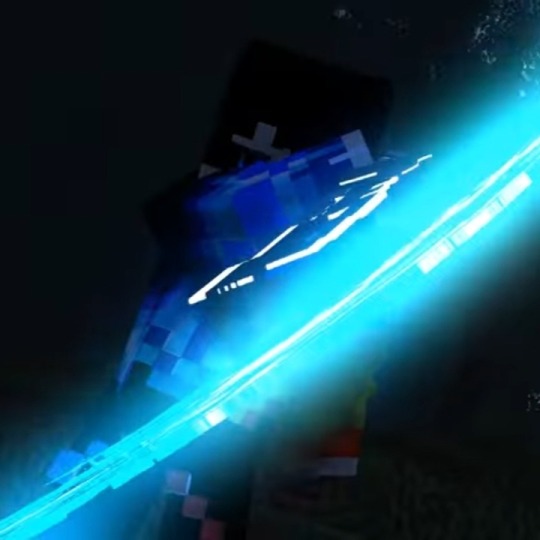
10. Varek from Worlds Apart
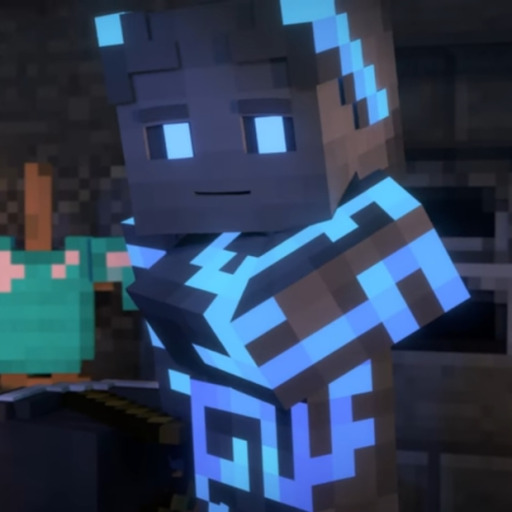

Tagging @addictedtostorytelling @ask-the-ghostface @buildinggsr @darkhopping @hamfie @mcliancraft @sahl0-f0l1na @therogerclarkfanclub @unconfirmedbachelor @xen-the-universe-goddess
6 notes
·
View notes